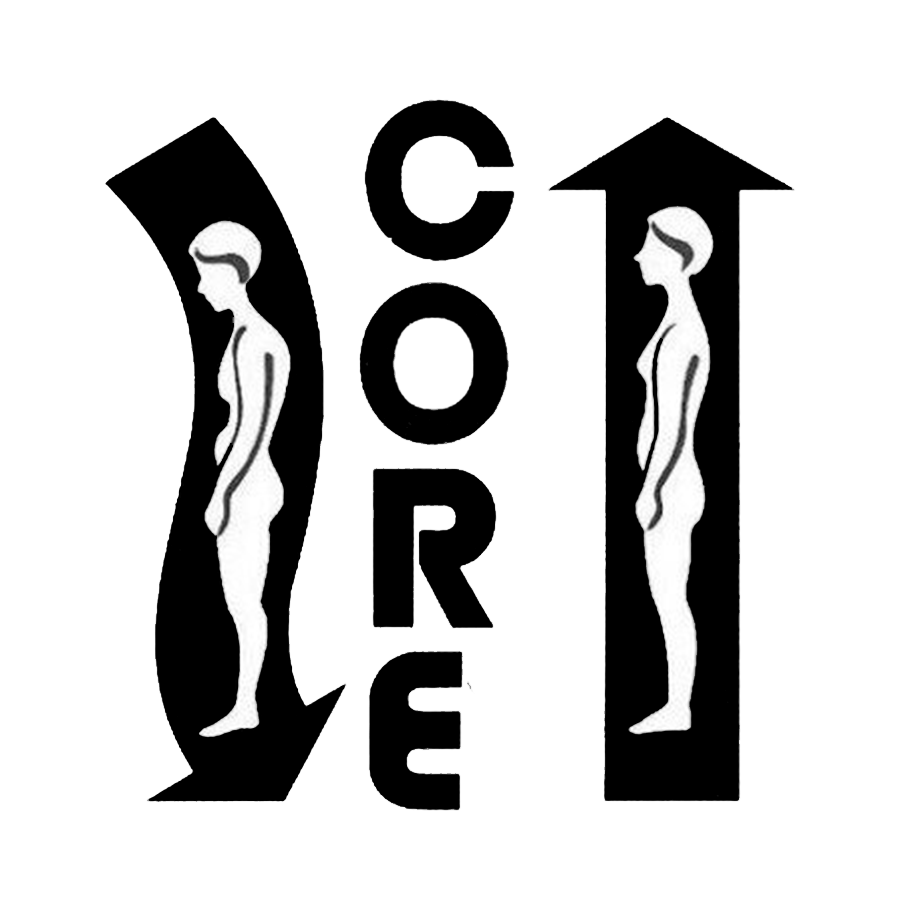The title is a bit intriguing, and true for me as well as many of us, I suspect. What I’m suggesting with this title is most of us don’t know how to squat, or more importantly, how to maintain a squat. Since most of us don’t move enough, we shouldn’t be surprised that we can’t ‘achieve’ a squat. We also shouldn’t be surprised that our knees and hips complain much of the time.
I’m 72 1/2 now, and I’m tired. I remember hearing my 93 year old father-in-law saying “I know I need to move, but it’s hurts too much.” I get it, I truly do. He hadn’t had the experience of surviving a plane wreck and having spinal fusion with rods which were later removed…he’d done what he could to stay active, but by the end of his life he could barely move at all. In fact he crawled up the stairs to his bedroom and bathroom, and had to crawl—backwards—back down the stairs. Yet he managed to stay in his home until very near the end by his desire to keep moving.
On my last trip to the sea, I spent much time alone on a quiet beach stretching, sunning and swimming. One thing I realized was how friendly sand or small smooth pebbles are for a good squatting session. I found if I could anchor my feet happily in the sand, then squat, then make circles with my knees and/or hips so as to move my weight to each part of my feet I was moving everything above as well—especially those tricky knees that give too many of us too much trouble. I could feel the movement in my back, neck and shoulders as well, but I was most interested in feeling the movement or lack in hips and knees. I realized the simple act of squatting, then moving, was oiling hinges I’d forgotten existed!
Of course anyone can feel better when on a private beach on a warm day; but it’s not critical to find the perfect spot for squatting. If one uses a folded blanket as a base, one has a bit of the give and take the sand will offer. One may need to keep the hands and arms stretched in front of self with the squat so as to maintain balance; no problem! One may even need to have a crutch such as a chair or table to support themself when they squat. Again, no problem! Get up, try something, and explore…that word keeps coming up in my stretching and movement time.
Something that returns to me from my past relates to a question on the entrance exam for the Rolf Institute many years ago, when Dr Rolf had posed the essay question; “Describe the muscular action of standing still.” In my foolish understanding of things, I chose to respond to this ‘easy’ question, only to realize there’s no such thing as standing still! One is constantly adjusting so one doesn’t fall backwards, or forwards, or tip to one side. The same thing applies to a good squat. One is constantly unconsciously (or sometimes consciously) monitoring to make sure they don’t fall forward, backward, or off to a side. It’s therefore stretching and waking every muscle above! Why don’t we do this more often? It’s a sure way to massage the entire body; yet too often we’re afraid to squat.
So the challenge: give squatting a try! Perhaps your knees say no, or your hips. Perhaps you’ll need to hold onto a chair or table, or let your hands reach the floor for stability. If you can find a deep squat, then explore, I believe you’ll find you have a new body with more life in it.
While I don’t know squat, I’m finding it!
